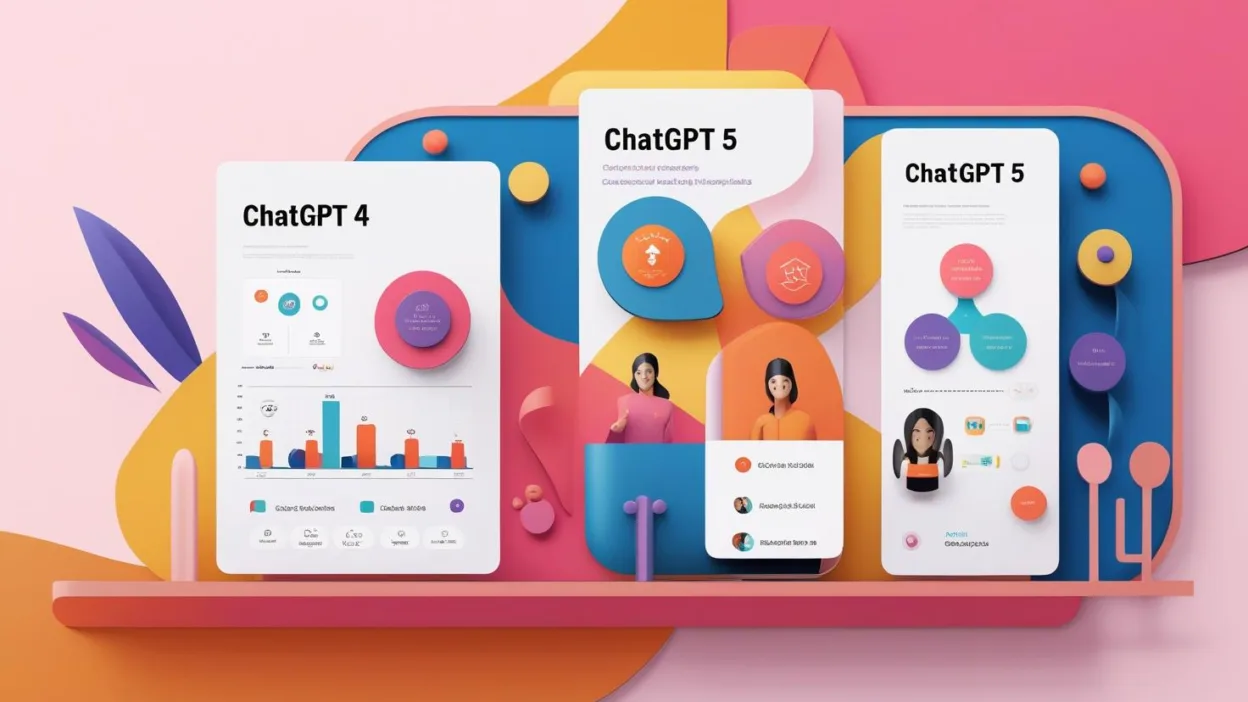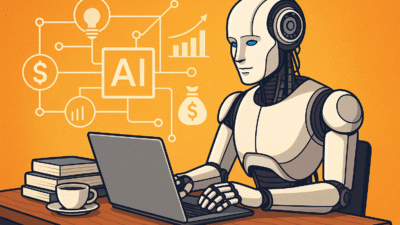Artificial Intelligence is evolving at a breakneck speed, and nowhere is this more evident than in the jump from ChatGPT-4 to ChatGPT-5. OpenAI’s newest flagship model brings significant improvements in reasoning, creativity, and real-time adaptability but is it worth upgrading from ChatGPT-4?
This comparison breaks down their features, performance, and use cases so you can decide which version fits your needs.
1. Overview of ChatGPT-4
Released in early 2023, ChatGPT-4 was a major leap forward in language understanding compared to GPT-3.5. It brought:
- Better context handling: Ability to remember longer conversations.
- More natural responses: Improved fluency and tone adaptability.
- Multimodal capabilities: Accepting text and image inputs (in certain tools).
- Broader knowledge base: Updated information up to its 2023 training cutoff.
ChatGPT-4 became the go-to AI for writers, developers, researchers, and educators who wanted accurate, human-like responses.
2. What’s New in ChatGPT-5?
Launched in August 2025, ChatGPT-5 is billed as having “PhD-level intelligence” thanks to a more advanced architecture and smarter decision-making. Key upgrades include:
- Real-time model routing: GPT-5 decides whether to use a fast, lightweight model or a deep reasoning model based on your query.
- Improved reasoning: More accurate with complex, multi-step problem-solving.
- Expanded multimodal input: Enhanced image and potential video understanding.
- Context memory boost: Handles even longer and more detailed interactions.
- Reduced errors: Better fact-checking and fewer hallucinations.
- Safer outputs: Stricter alignment with ethical and factual standards.
These changes make GPT-5 not just a text generator, but a more capable AI assistant for professional-grade tasks.
3. Key Differences Between ChatGPT-4 and ChatGPT-5
When comparing the two models, GPT-5 clearly outperforms GPT-4 in several areas. Reasoning ability has moved from high to exceptional, approaching human expert levels. GPT-5’s speed is adaptive, choosing between rapid responses or in-depth reasoning depending on the prompt, whereas GPT-4 maintains a steady but less flexible pace.
In terms of memory, GPT-5 can recall and work with much longer context, making it better suited for extended projects and complex conversations. While both handle multimodal inputs, GPT-5 offers enhanced image understanding and early stage video capabilities. Creativity has also been refined in GPT-5, with more context-aware outputs, and its error rate is significantly lower. Additionally, GPT-5’s safety filters are more advanced, providing nuanced yet responsible responses.
4. Performance in Real-World Use Cases
- Content Creation: GPT-5 produces more contextually aligned and original work, especially in long-form writing.
- Programming: GPT-5 is better at debugging complex code and explaining solutions step-by-step.
- Business Applications: With its deep reasoning mode, GPT-5 handles market analysis, strategy drafting, and data interpretation more accurately.
- Education: GPT-5 provides more thorough, well-structured explanations for academic topics.
5. Should You Switch to ChatGPT-5?
If you work in a field that demands higher accuracy, deeper analysis, and adaptive performance, ChatGPT-5 is the clear choice. However, if you’re satisfied with ChatGPT-4 for casual conversation or straightforward tasks, the upgrade may not be essential.
Final Thoughts
The jump from ChatGPT-4 to ChatGPT-5 is more than just a performance boost, it’s a shift toward a more intelligent, adaptive AI capable of handling professional-grade workloads. For businesses, educators, and creators aiming to stay ahead, GPT-5 is a game-changing upgrade worth considering.



